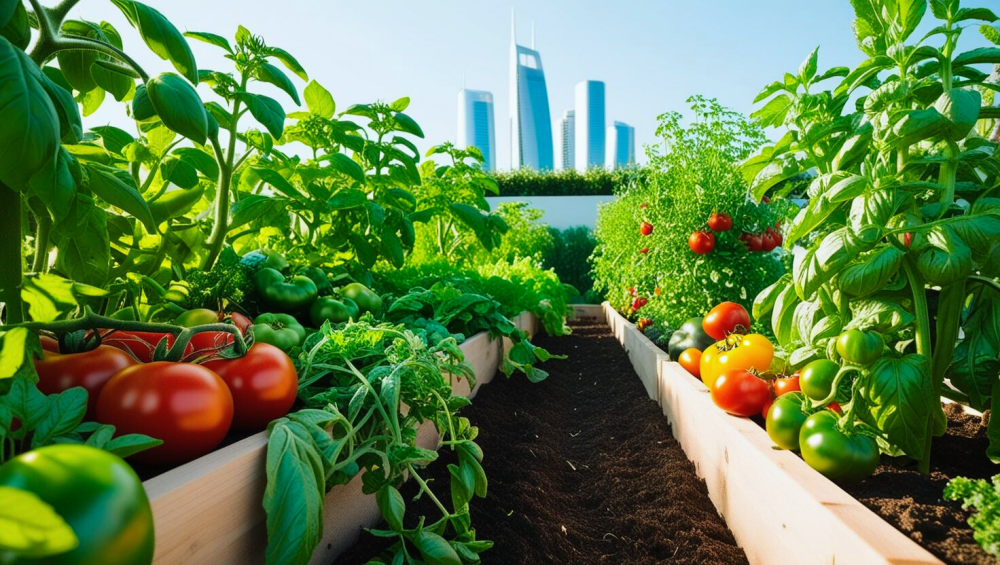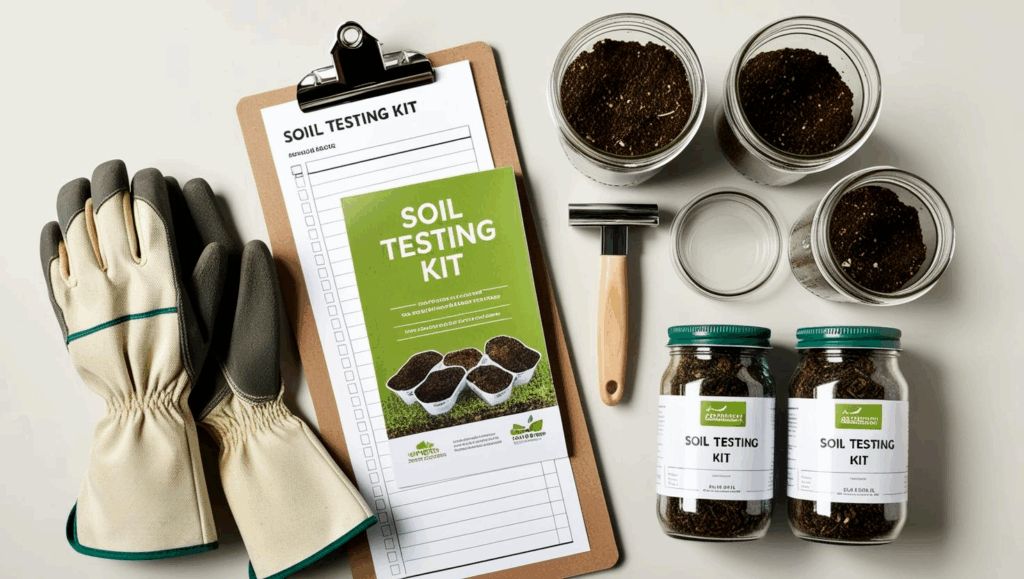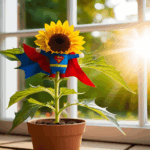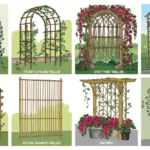🌿 Transforming Urban Soil: Addressing Toxicity in City Spaces
Urban gardening offers a powerful way to revitalize city environments—but contaminated soil poses a real challenge. This guide explores urban soil contamination solutions that help turn polluted ground into thriving, safe spaces for growing food and flowers.

🧪 Understanding Urban Soil Contamination
Soil in urban settings often contains pollutants from:
- Industrial activity and historical land use
- Traffic-related dust and emissions
- Improper waste disposal and construction debris
As a result, common contaminants include:
- Heavy metals like lead, mercury, and arsenic
- Petroleum hydrocarbons
- Industrial solvents and chemicals
These substances can affect human health—especially through:
- Eating food grown in contaminated soil
- Direct skin contact during gardening
(Sources: US EPANicholas School)
In short, contamination is widespread and risky.
⚠️ Health and Environmental Impacts
Contaminated soil affects more than just plant growth.
In fact, toxic soil poses serious health risks to:
- Human Health: Neurological issues, developmental delays in children, respiratory problems
- Environmental impacts: Reduced biodiversity, contaminated water runoff, ecosystem imbalance
Urban gardeners must stay vigilant about soil safety to protect both their harvest and their health. It pays to keep up with the latest trends in city and urban soil contamination solutions.
🌱 Can Bad Soil Become Good Soil?
Absolutely. With the right approach, toxic soil can be transformed into fertile, productive ground.
To begin with, use biological and chemical methods:
Biological methods:
- Use beneficial microorganisms to break down contaminants
- Add compost and organic matter to improve structure and microbial life
Chemical amendments:
- Apply lime, gypsum, or organic materials to neutralize toxins and restore balance
(Source: The Spruce)
As you can see, soil rehab is very doable.
🛠️ Practical Soil Remediation Strategies
1. 🪵 Build Raised Garden Beds
First, avoid direct contact with contaminated native soil
- Use untreated wood or recycled materials
- Line the bottom with landscape fabric
- Fill with clean, high-quality soil matched to your crop needs
[Related: Building Soil for Raised Bed Gardens-The perfect Soil Recipe]
2. 🐛 Enhance Soil with Microorganisms
- Boost microbial life that naturally decomposes toxins
[See: Creative Ways to Compost in Small Spaces)
Plus, it’s a natural method with big payoffs.
3. ♻️ Use Natural Amendments
Next, healthier soil using additives:
- Amend soil with compost, manure, worm castings, and biochar
- Improve water retention and bind heavy metals
(Source: US EPA)
Consequently, your soil becomes safer and more productive.
4. 🌾 Plant Cover Crops
- Use clover, rye, or vetch to reduce erosion and absorb excess nutrients
- Add organic matter and boost microbial activity naturally
In the long run, they restore balance to the soil.
🧪 Soil Health Testing: What You Need to Know
🚩 Signs of Unhealthy Soil
- Stunted plant growth
- Discolored leaves
- Poor drainage or compaction
- Overgrowth of weeds
(Source: Big Visions Landscaping)
💵 Soil Testing Costs
- Basic nutrient/pH tests: $10–$40
- Comprehensive contamination tests: $400–$1,800
(Source: HomeGuideFixr.com)

🆓 Free Soil Testing (Ref: Seattle/King County)
- King Conservation District: Free basic soil testing
- WA Dept. of Ecology: Guidance for testing on potentially contaminated land
📊 How to Interpret Results
- Focus on pH, nitrogen/phosphorus levels, and any toxic elements
- Use public guides from Penn State ExtensionOSU Extension Service to understand results
🌍 Long-Term Solutions for Urban Soil Health
♻️ Sustainable Gardening Practices
- Rotate crops, minimize tilling, and compost regularly
- Use mulch to retain moisture and protect roots
(Source: ECOgardener)
🧑🤝🧑 Community Engagement
- Start or join community gardens focused on soil rehab
- Teach others how to compost and use cover crops
(Source: One More Tree Foundation)
🏛️ Policy Support and Advocacy
- Encourage local governments to fund soil testing programs
- Advocate for safe gardening education and pollution mitigation policies
FAQ
A: Watch for stunted growth, yellowing leaves, or weed dominance. A soil test is the most accurate way to know.
A: Yes, if you use raised beds, clean soil, and take steps to prevent direct contact.
A: Start by adding compost and using cover crops—both are budget-friendly and effective.
🧠 Conclusion
Urban soil contamination doesn’t have to mean the end of your gardening dreams. With the right tools and knowledge, you can transform toxic plots into lush, productive gardens that nourish both people and the planet.




